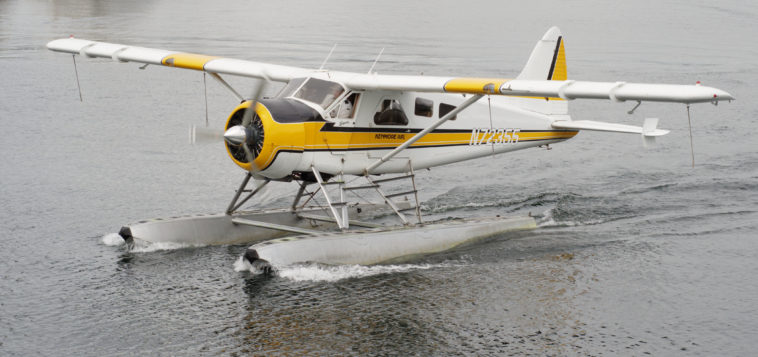The aircraft for today is not the one that was primarily built to be a military aircraft but was built to serve the civilian industry. The name of the toady’s aircraft is de Havilland Canada DHC-2 Beaver which was the single-engine aircraft with high wing propeller with STOL (Short take-off and Landing) capabilities. In its primary role, the aircraft has been used as the bush plane along with its various utility roles like being a passenger or cargo hauling aircraft as well as to be used a crop duster and the civilian aircraft.
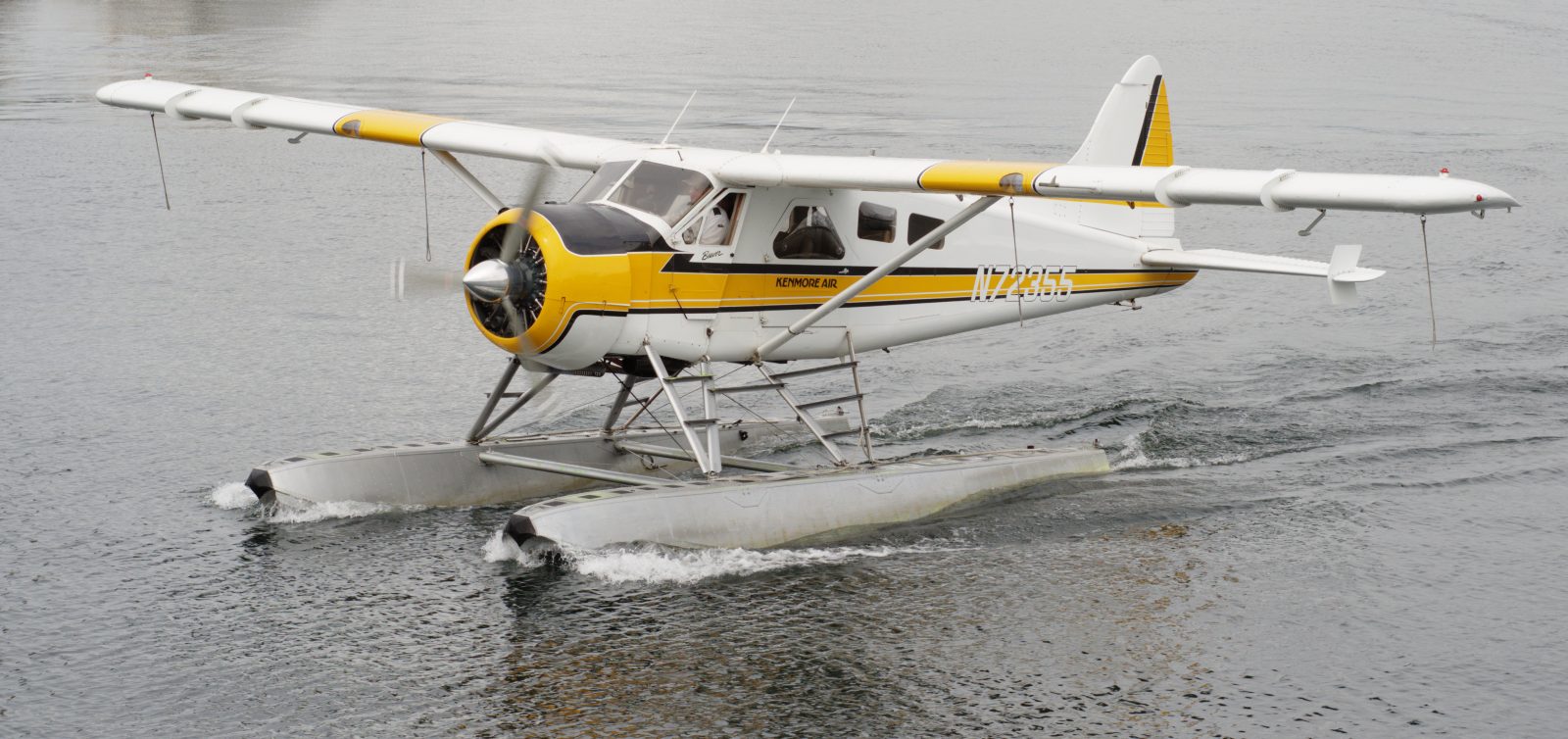
After World War II ended, the de Havilland Canada made a decision of moving its operations to make civilian aircraft. Based on the pilot feedbacks, de Havilland decided that their new aircraft for civilians must have the STOL capabilities with an all-metal design and also should fulfill the operations of a bush plane. The resulting aircraft was the de Havilland Canada DHC-2 Beaver which took its first flight back on August 16th, 1947 after which the aircraft received the designation DHC-2 Beaver.
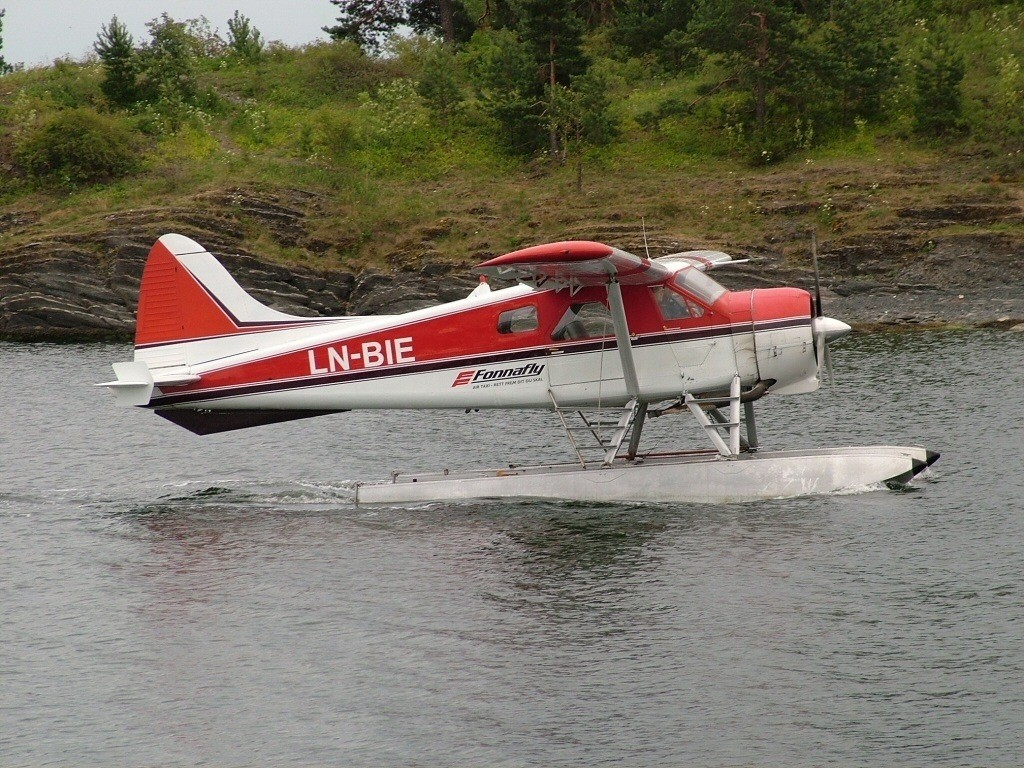
And finally in April of 1948, the first of the de Havilland Canada DHC-2 Beaver aircraft was delivered to the civilian operator named Ontario Department of Lands and Forests. Also one of the de Havilland Canada DHC-2 Beaver of the RNZAF (Royal New Zealand Air Force) was able to play the supporting role for the gamed Sir Edmund Hillary’s Commonwealth Trans-Atlantic Expedition of 1958 to the South Pole.
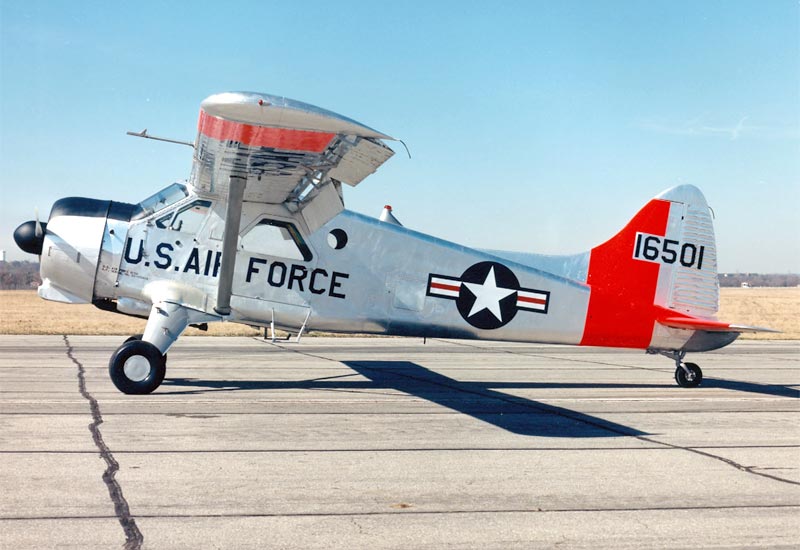
The de Havilland Canada DHC-2 Beaver not only served the civilian operators but also served time with the military as their utility transport aircraft. The first one was the US Army which purchased this aircraft in amounts of several hundreds and 9 of them are still in service with US Air Force’s auxiliary branch called CAP (Civil Air Patrol).
Origin & first Flight:-
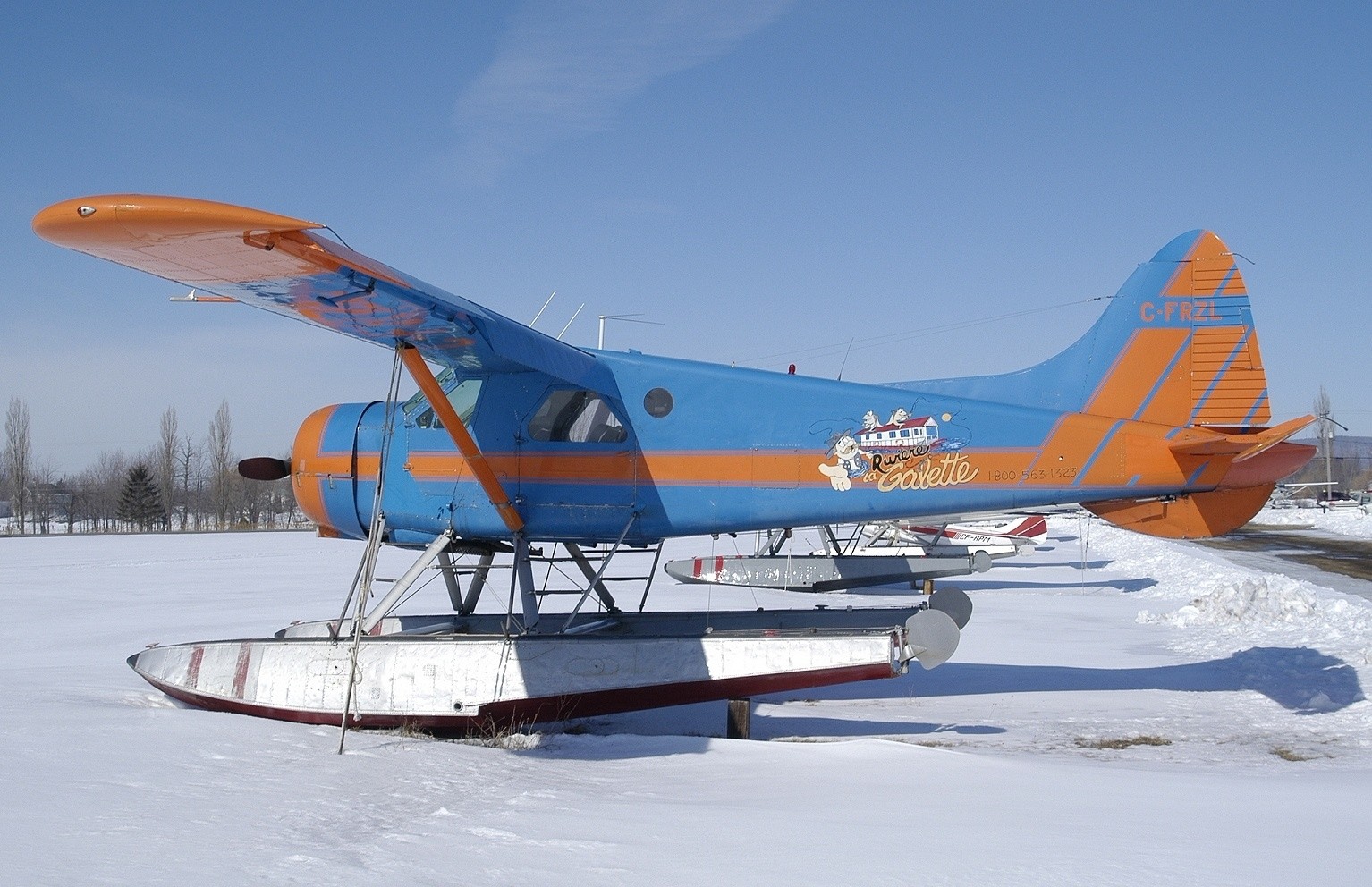
As World War II ended, the management of the de Havilland noticed that the shift of the aviation industry was at hand from military to civilian operators. And they thus decided to channel their energies and resources into finding work in the civilian sector. The company went on to hire a man named Punch Dickens as their new Director of Sales who gathered extensive market research from the pilots about a new aircraft.
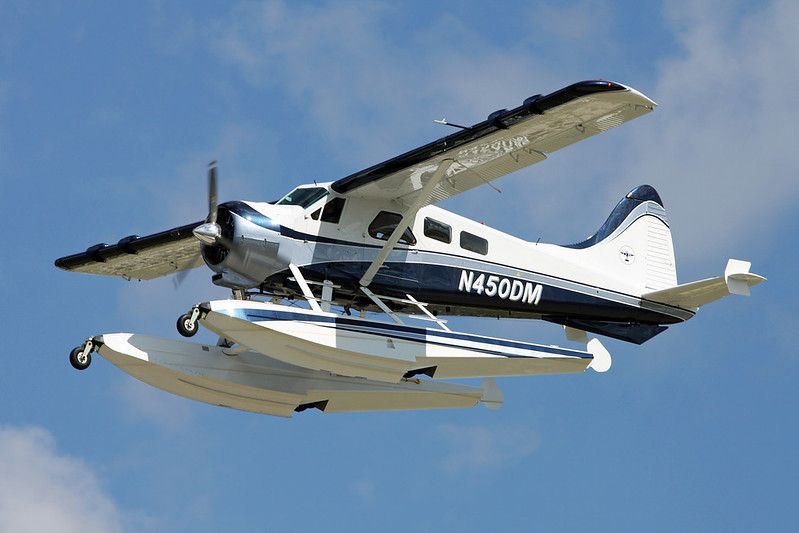
These numerous pilots laid out their specifications for an aircraft that had excellent power and was able to perform STOLs in the design of undercarriage that would be fitted with anything from wheels to skis and floats. A team at de Havilland was put together comprising of men like Dick Hiscocks, Fred Buller, W. Jakimiuk, Jim Houston and their team captain Phil Garratt. The construction of the new aircraft was carried out in the all-metal design.
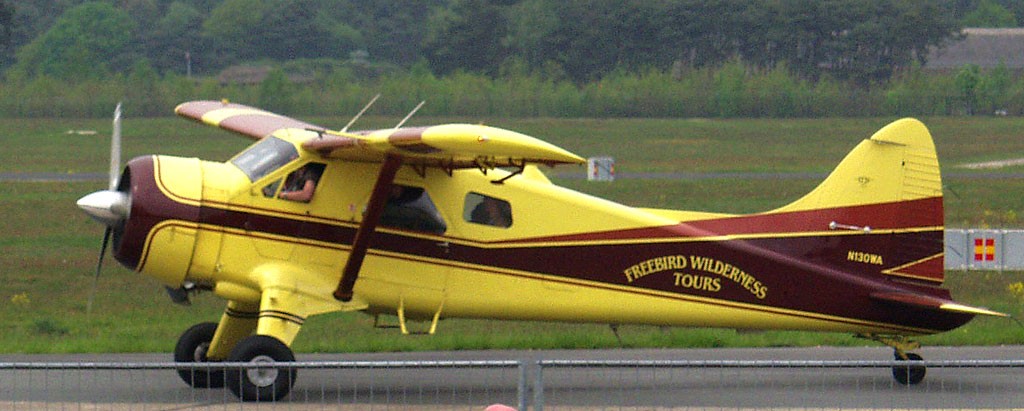
This new aircraft made its first flight back on August 16th, 1947 in the region of Downsview, Ontario and the one flying it was Russell Bannock; a flying ace of World War II.
Named as DHC-2 Beaver:-
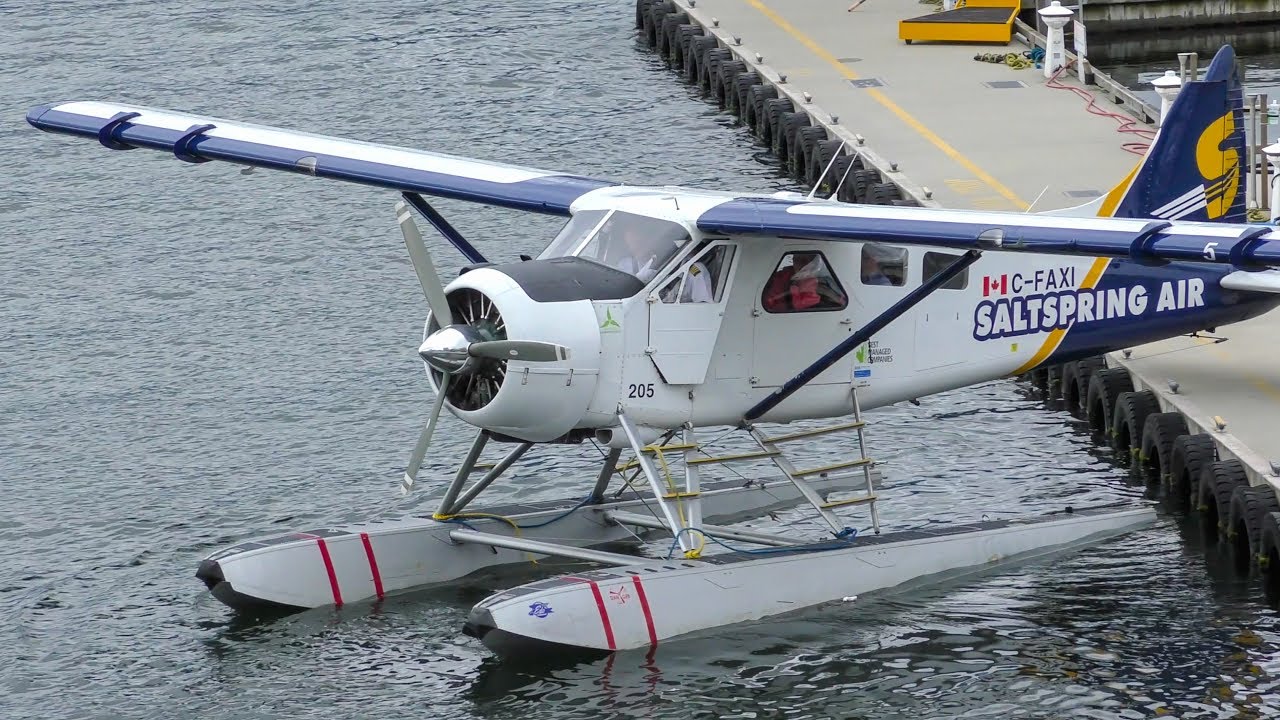
This new aircraft underwent some modifications before it was designated as DHC-2 Beaver. The name Beaver was given to this new aircraft due to Beaver being an animal that was known for their hard-working nature and the aircraft was designed to do the same thing. The first prototype was sold to the Central British Columbia Airways until they retired back in 1980. As for the first series production de Havilland Canada DHC-2 Beaver, it was sold to the Ontario Department of Lands and Forests back in April of 1948.
US Army’s Utility aircraft:-
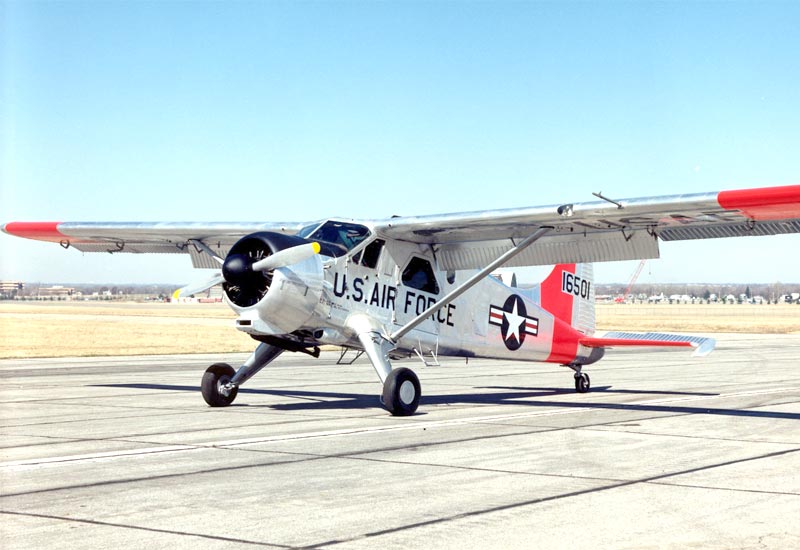
The de Havilland Canada DHC-2 Beaver did not prove to be a commercial success right from the get-go. But still, after a short while, the various civilian sectors started to know the capabilities of this aircraft as a utility transport aircraft. The one that endorsed the aircraft massively was the US Army when they purchased several hundreds of these aircraft as their utility transport aircraft and it raised the de Havilland Canada DHC-2 Beaver to a certain prominence.
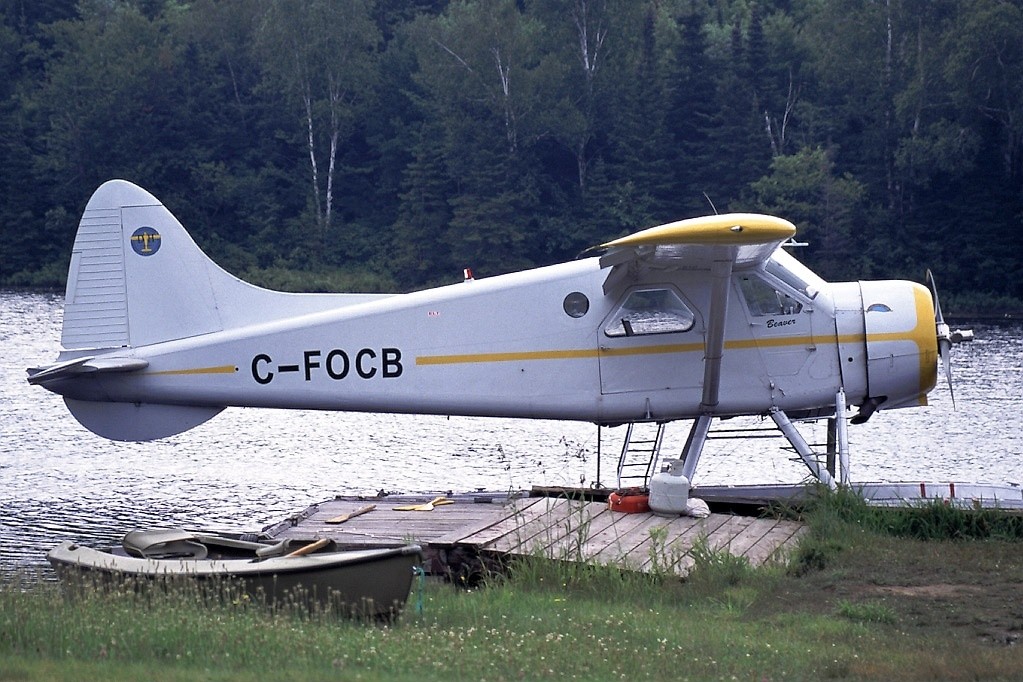
The de Havilland Canada DHC-2 Beaver was purchased by the US Army in order to replace their old fleet of the Cessna in the same role.
Powerplant & performance:-

A completed model of the de Havilland Canada DHC-2 Beaver only requires one single-engine for operations. The primary engine fitted in the de Havilland Canada DHC-2 Beaver was the Pratt & Whitney R-985 Wasp Junior radial position engine which generated 450 horsepower.
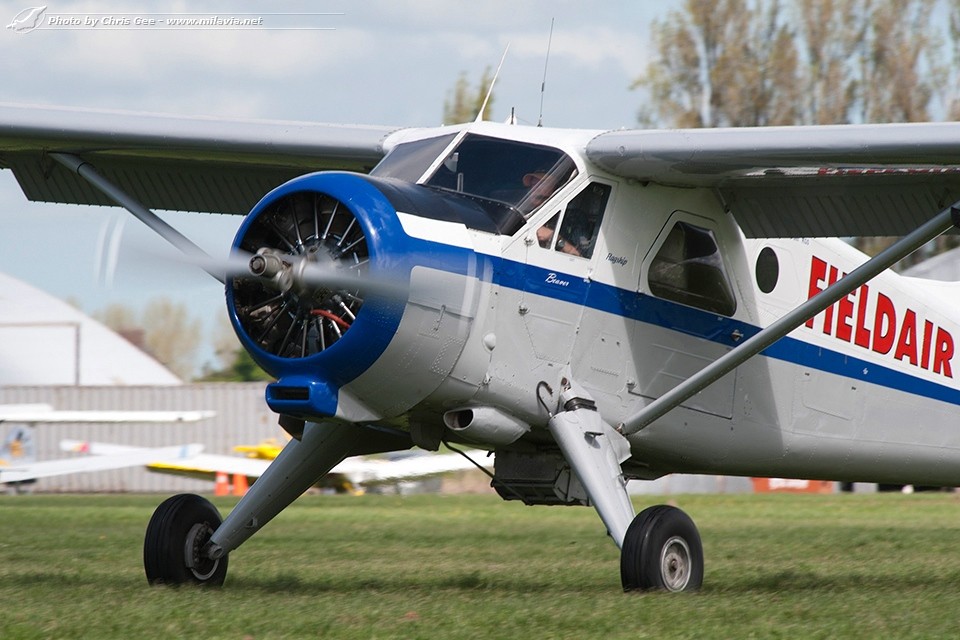
This allowed for the aircraft to maintain a decent speed of nearly 160 mph max for a ferry range of 455 miles at a service ceiling of about 18000 feet. The aircraft’s passenger section allowed a seating area for 6 people or a cargo limit of 2100 lbs.
Service with British Army Air Corps:-
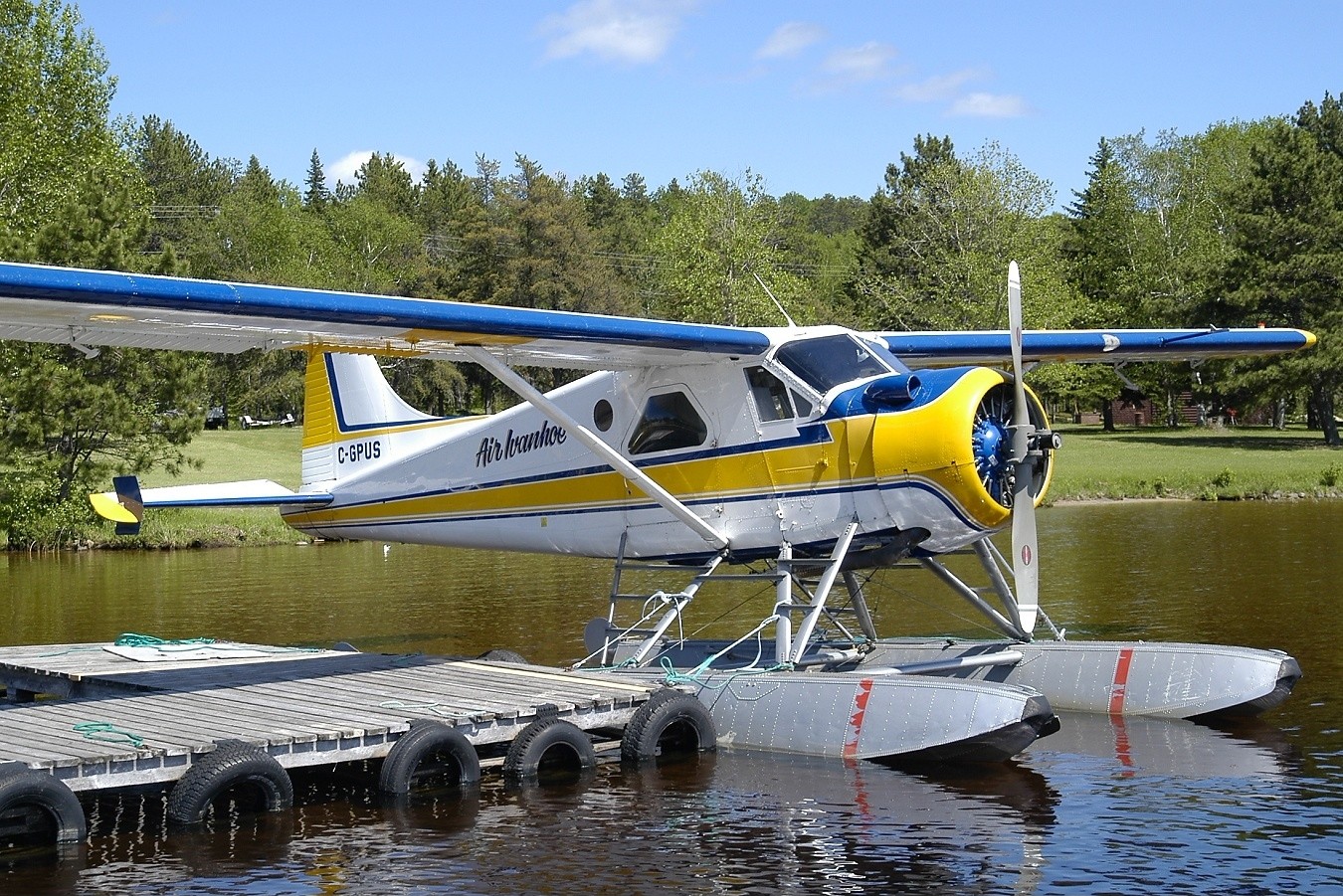
The de Havilland Canada DHC-2 Beaver also served the British Army Air Corps during a conflict called “the Troubles” for their photo-reconnaissance missions. One of these renaissance aircraft was struck by machine-gun fires 7 times while it still managed to take valuable photos of the IRA checkpoint.
A de Havilland Canada DHC-2 Beaver owned by Harrison Ford:-
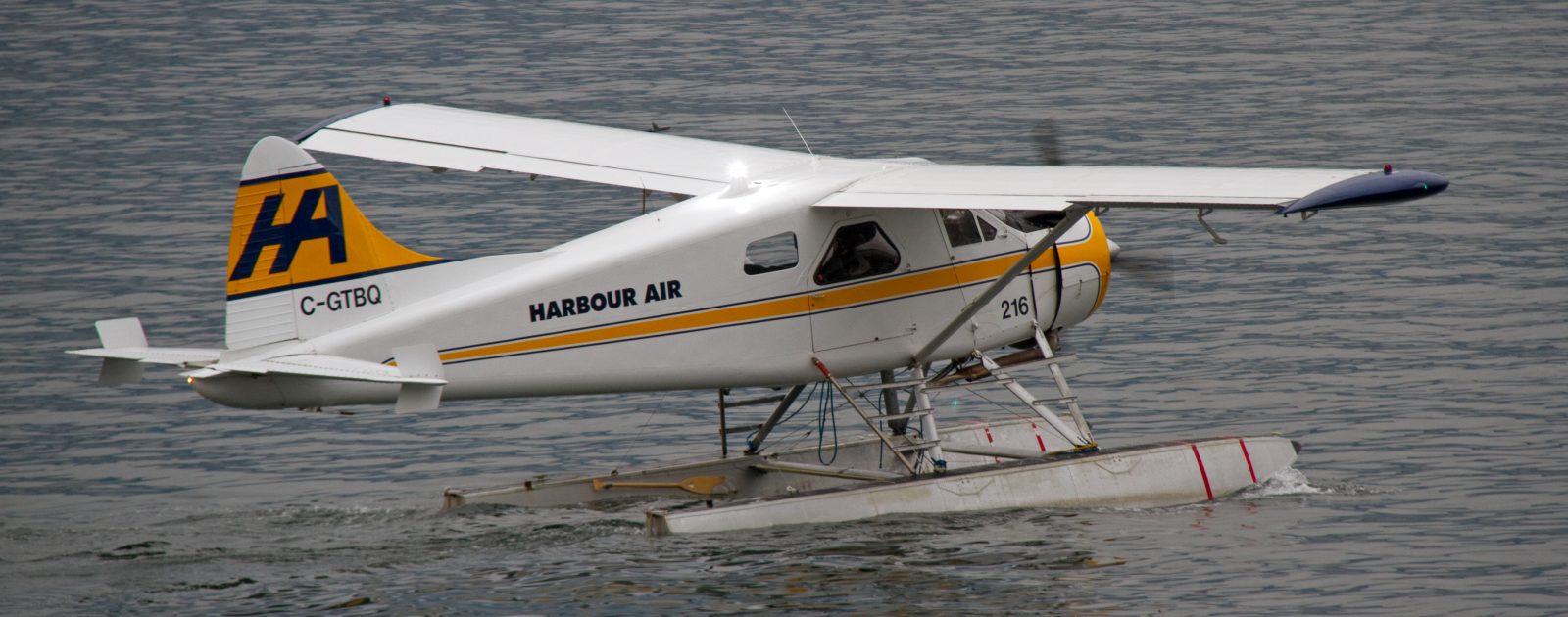
The renowned film actor of Hollywood Harrison Ford is known to have a fleet of private aircraft. Among them, one is the DHC-2 Beaver which the actor claims to be his favorite among all of his other private aircraft.
Service with CAP (Civil Air Patrol):-

The de Havilland Canada DHC-2 Beaver also served the CAP (Civil Ari Patrol); an auxiliary branch of the United States Air Force for their SAR (Search and rescue) missions. Even some of the de Havilland Canada DHC-2 Beavers with the US Army were used at the US Naval Test Pilot School.
Current Uses:-
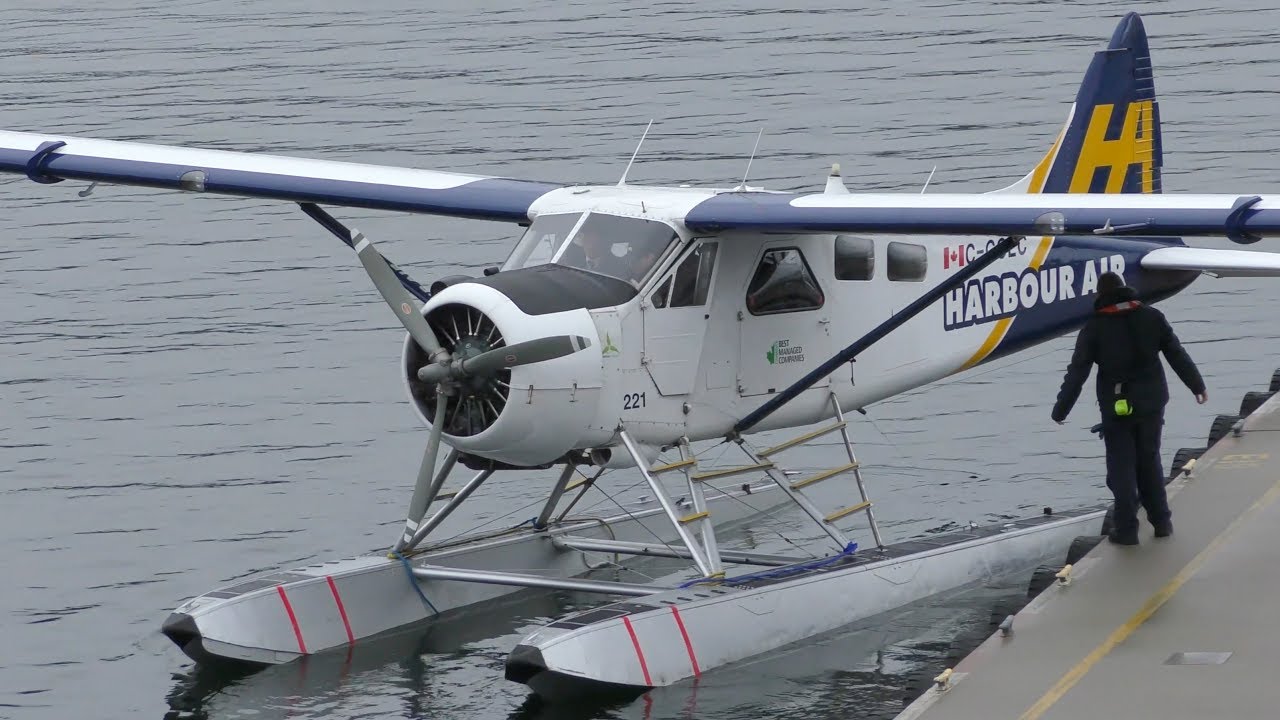
The de Havilland Canada DHC-2 Beaver is still active in the roles of bush planes and utility transport aircraft. Nowadays, the aircraft has also managed to get a foothold in the leisure industry as well where it is used for pleasure flights as well as a lifting platform for aerial film and skydiving activities.
Related Content
Lockheed P2V Neptune; The ASW (Anti-Submarine Warfare) Aircraft of US Navy
Supermarine Seafire; British Royal Navy’s Carrier-based Fighter Aircraft
Supermarine Attacker: Royal Navy FAA’s (Fleet Air Arms) first Jet Fighter


